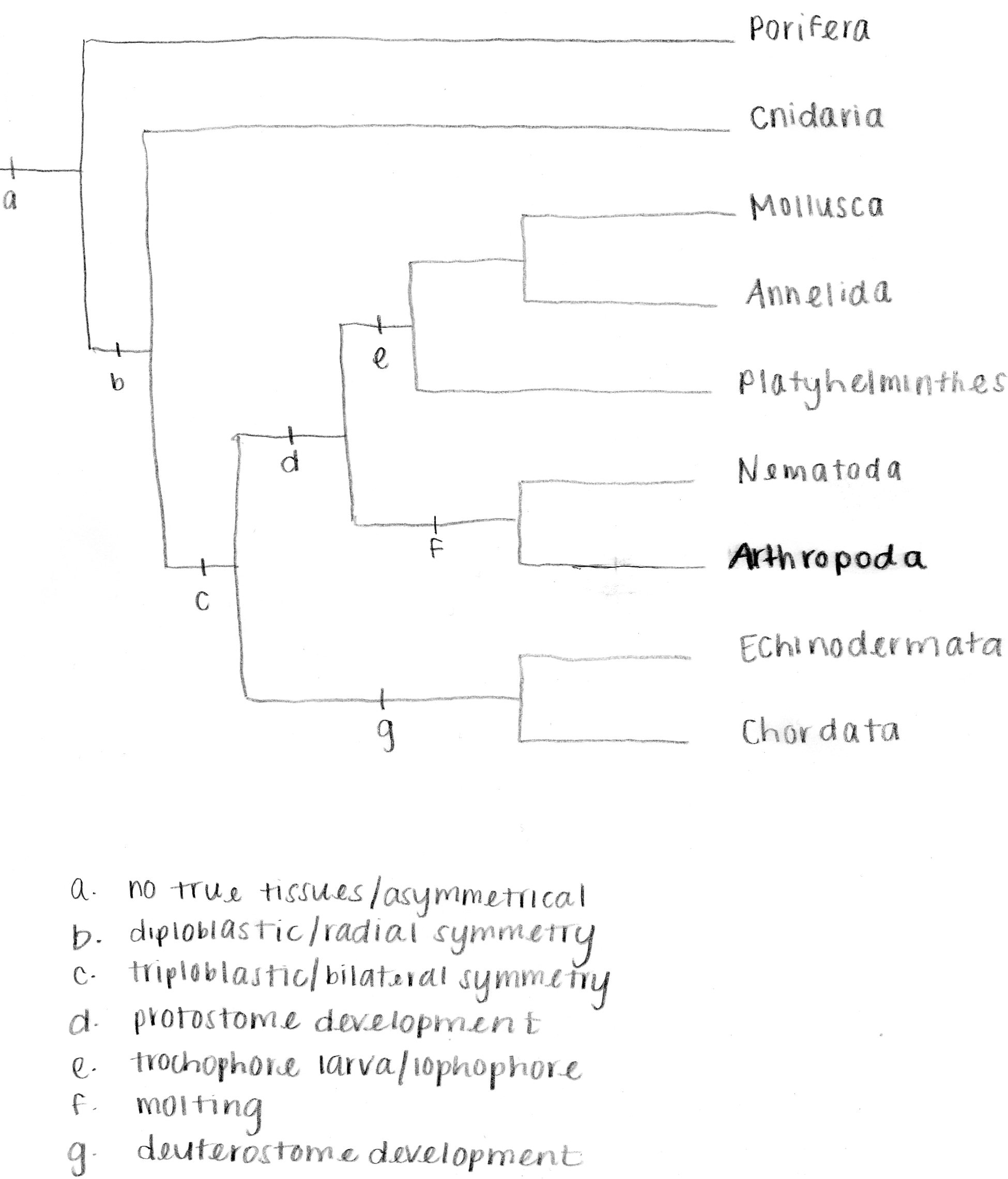Classification
Domain: Eukarya
Kingdom: Animalia
Phylum: Arthropoda
Class: Maxillopoda
Order: Sessilia
Family: Chthamalidae
Genus: Chthamalus
Species: fragilis
Domain: Eukarya
The domain Eukarya arose around 1.7 billion
years ago breaking from the domain Archaea.
Chthamalus fragilis belongs to the domain Eukarya because, like
other Eukarya, it has membrane-bound organelles and a true nucleus
(Sidwell Friends School)
Kingdom: Animalia
The kingdom Animalia, under the domain Eukarya,
are all multicellular and heterotrophic. Organisms belonging to the
kingdom Animalia are multicellular, because they contain more than
one cell unlike single-celled organisms. They are heterotrophic,
because they receive their nourishment from other organisms.
Chthamalus fragilis is
both multicellular and heterotroph, so it is identified under the
Animalia kingdom (Myers P 2001)
Phylum: Arthropoda
The phyla Arthopoda is by far the largest of
the phylum. “Arthropod” means, “jointed-foot” explaining one of the
main characteristics of this phylum of segmentation. Other
characteristics that are unique to this phylum include bilateral
symmetry and protostome development. Arthropods also have an
external skeleton made of chitin and protein as well as an open
circulatory system. For these reasons, the
Chthamalus fragils is
identified as an arthropod (Myers P 2001)
Sub-Phylum: Crustacea
C.
fragilis falls under this category, because like most other
crustacean species , they are aquatic and have appendages on
their body segments. Also, crustaceans have a flexible yet hard
exoskeleton for protection (Myers P 2001)
Class: Maxillopoda
Due to their structure and ways of feeding,
Chthamalus fragils fit
into the class Maxillopoda. Most organisms that fall under the class
Maxillopoda are small and include simple structure of 10 trunk and 5
head segments, also, most organisms feed with their maxillae.
However, barnacles do not under these common features, barnacles
feed with thoracic appendages instead but are still considered to be
part of the class Maxillopoda. (Myers P 2001)
Order: Sessilia
The main difference in the Sessilia barnacles
that separates them from the rest is their lack of stalks, this makes
them acorn barnacles. (BOLD Systems: Taxonomy Browser)
Family: Chthamalidae
The family of Chthamalidae barnacles differs
from other barnacles largely due to their habitat. Unlike many other
barnacles, the family Chthamalidae live in intertidal and subtidal
environments. The barnacle
Chthamalus fragilis lives in intertidal habitats and therefore
belongs to this family. (Newman
W.A. and Ross A 1970)
Genus: Chthamalus
Even more specifically,
Chthamalus barnacles live
close to the high tide
line. Chthamalus barnacles are separate from the genus
Semibalanus due to the
layer in which they live.
Semibalanus barnacles live just beneath
Chthamalus barnacles. (Newman
W.A. and Ross A 1970)
Species: Chthamalus fragilis
Also known as the “little gray barnacle” this
organism’s habitat and structure separates itself from the rest. To
get more insight on this rare barnacle, explore this website,
Invasions.edu
(Fofonoff PW, Ruiz GM,
Steves B, & Carlton JT. 2003)
Morphology:
A distinguishing feature of
Chthamalus fragilis would
be the wavy line found across this organism, as well as they gray
color in appearance. (Fofonoff
PW, Ruiz GM, Steves B, & Carlton JT. 2003)

Keeling, P., B. S. Leander, and A. Simpson. 2009. Eukaryotes.
Eukaryota, Organisms with nucleated cells. Version 28 October 2009.
<URL:
http://tolweb.org/Eukaryotes/3/2009.10.28>.
Accessed 4 March 2014.
Myers, P. 2001. "Animalia" (On-line), Animal Diversity Web. <URL:
http://animaldiversity.ummz.umich.edu/accounts/Animalia/>. Accessed
April 13, 2014
Myers, P. 2001. "Arthropoda" (On-line), Animal Diversity Web.
Accessed April 13, 2014. <URL:
http://animaldiversity.ummz.umich.edu/accounts/Arthropoda/>.
Accessed April 13, 2014.
Myers, P. 2001. "Crustacea" (On-line), Animal Diversity Web. <URL:
http://animaldiversity.ummz.umich.edu/accounts/Crustacea/>.
Accessed April 13, 2014
Myers, P. 2001. "Maxillopoda" (On-line), Animal Diversity Web. <URL:
http://animaldiversity.ummz.umich.edu/accounts/Maxillopoda/>.
Accessed April 13, 2014
Boldsystems 2013.
<URL:
http://www.boldsystems.org/index.php/Taxbrowser_Taxonpage?taxid=391>.
Accessed 8 March 2014.
Newman, W.A. and Ross, A. 1971. Antarctic
Cirripedia; monographic account based on specimens collected chiefly
under the United States Antarctic research program, 1962-1965.
American Geophysical Union, Washington.
Karleskint, G., R. Turner., and J. Small. 2010. Introduction to
marine biology. Brooks cole. Belmont, CA.
Tree of Life Web Project. 2009. Cirripedia. <URL: http://tolweb.org/Cirripedia/8127 >. Accessed 6 March 2014.
Home | Habitat | Adaptation | Nutrition | Reproduction | Interactions | Facts | References
| Contact Us |

